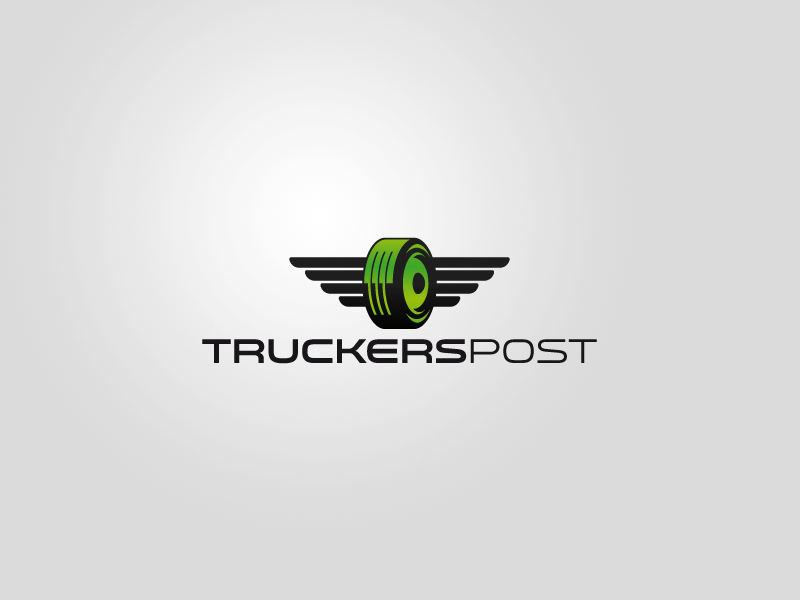What are the driving factors behind the expected growth of the box truck industry in 2024?
- Truckers Post

- Apr 12, 2024
- 3 min read

The box truck industry is expected to grow in 2024, driven by factors like urbanization, e-commerce, and technological advancements. Here are some key trends and insights into the industry's outlook for the year:
1. Market Demand and Industry Challenges: The industry faces a mixed bag of market demand and challenges in 2024. While there are opportunities for growth, trucking businesses must contend with fluctuating freight rates, increased competition, and the potential entry of new market players.
2. Regulatory Shifts: The industry is subject to various regulations, including the "Advanced Clean Fleets" rule, which requires truck manufacturers to increase their sales of zero-emission trucks, with the goal of 100% of new truck sales being zero-emission by 2045. Additionally, the "ABC Test" for classifying workers as employees or independent contractors has led to legal challenges and changes in the industry's business models.
3. Emissions Standards: There are emissions standards for trains, aiming to reduce pollution from rail transportation. Furthermore, there is a phase-out of medium and heavy-duty combustion trucks by 2036, with varying deadlines for different fleets.
4. Investment in Zero-Emission Infrastructure: There is increased investment in zero-emission infrastructure and incentives for cleaner vehicles. The industry is expected to see a rise in demand for electric and hybrid box trucks, driven by the need for eco-friendly vehicles.
5. Technological Advancements: The industry is undergoing technological advancements, such as the integration of artificial intelligence, machine learning, and advanced analytics to optimize route planning, improve safety, and enhance fleet management. The use of telematics and predictive maintenance is becoming more widespread.
6. Labor and Workforce Trends: The industry faces persistent labor shortages, and the workforce is experiencing a transformative process driven by innovative strategies to tackle the scarcity of drivers. Technology is augmenting driver experiences, and there is a focus on retaining drivers by offering better pay, upgrading working conditions, providing improved benefits, ensuring safety for female drivers, and introducing enticing bonus programs.
7. Supply Chain Resilience: Recent supply chain disruptions have emphasized the need for resilience. The lessons learned from these challenges are driving changes in supply chain strategies, with trucking companies investing in redundancies, alternative routes, and enhanced communication systems to withstand unforeseen disruptions and maintain seamless operations.
8. Freight Volumes: There was a slight increase in freight volumes during the initial quarter of 2023, marking a pause in the consecutive quarterly drops that began in 2022. While the sector associated with freight is projected to remain feeble for the remainder of 2023, a resurgence in growth is anticipated in 2024.
9. Fluctuating Fuel Costs: Gasoline and diesel retail prices are expected to decline in 2023 and 2024 following peak levels in the first half of 2022. Forecasts indicate an average retail price of $3.32 per gallon for regular-grade gasoline in 2023, further decreasing to $3.09/gal in 2024.
10. Consolidation and M&A Activity: The industry is likely to see consolidation and mergers and acquisitions (M&A) activity as companies adapt to changing market conditions and seek opportunities for growth.
In conclusion, the box truck industry is poised for growth in 2024, driven by technological advancements, urbanization, and e-commerce. However, the industry faces challenges such as fluctuating freight rates, increased competition, and regulatory shifts. Companies that adapt to these changes and invest in innovative technologies, sustainable practices, and driver retention strategies will be well-positioned for success in the coming years.





Comments